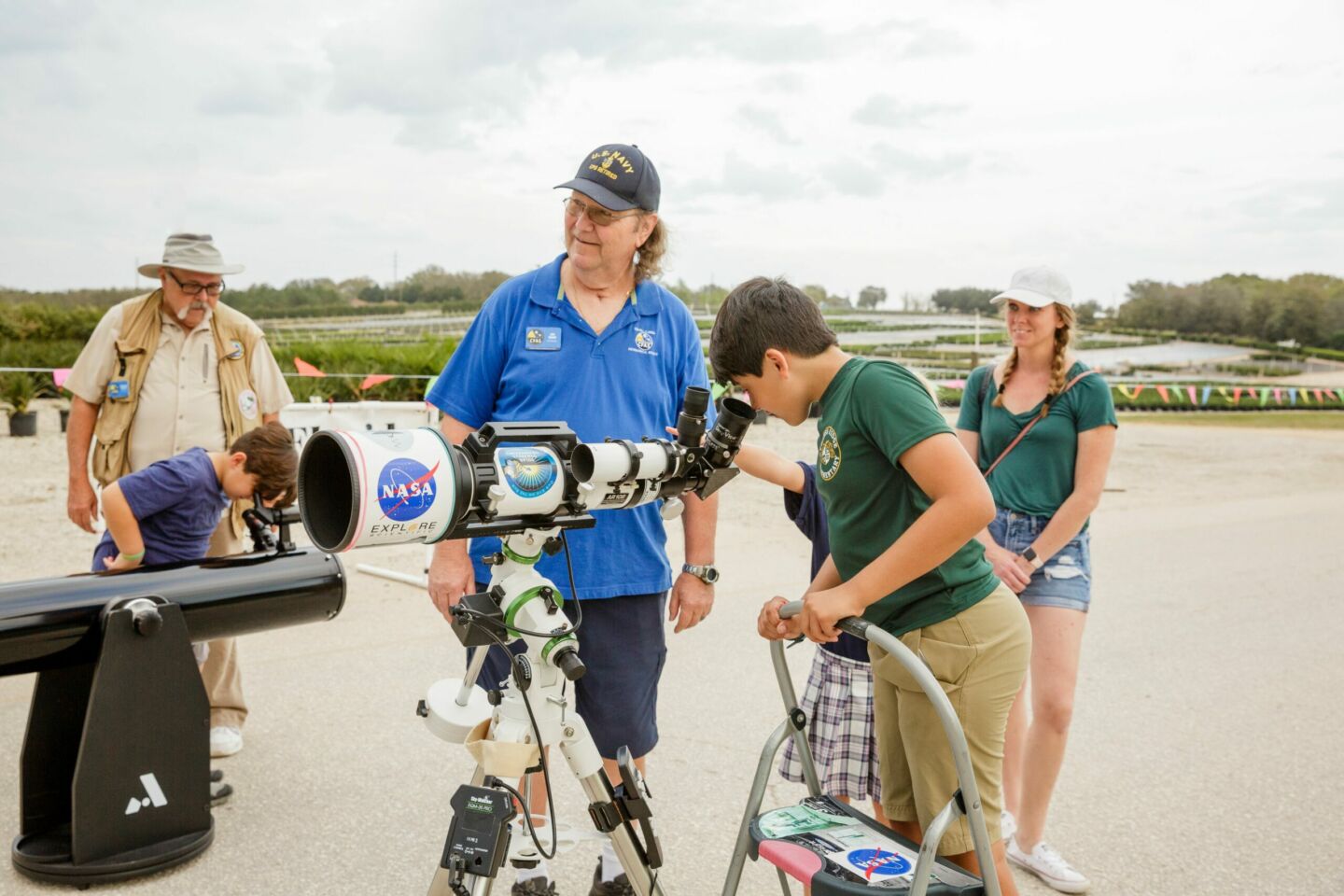
Energy Efficiency Day: Celebrate by Reducing Light Pollution

This October 7, celebrate the fifth annual Energy Efficiency Day with us! Held on the first Wednesday of October, this day is meant to showcase the benefits of energy efficiency. It’s the collaborative effort of several energy efficiency advocacy groups. The message is simple: “Save money. Cut pollution. Create Jobs.”
Overlighting directly contributes to energy waste. There are two common misconceptions when it comes to outdoor lighting: that more is better and brighter is better. This leads to a tremendous amount of wasted light and energy as people install excessive, obnoxiously bright “glare bombs”. The truth is that better design equals better and safer lighting. To mitigate energy waste, utilize lighting that is designed to reduce light pollution.
Energy Efficiency and Light Pollution

When lighting emits too much light or shines where it is not needed it is wasteful. It is estimated that at least 20% of light is wasted, mostly due to unshielded fixtures. To offset all that carbon dioxide, we’d have to about plant 875 million trees annually.
The solution is straightforward. Simply, install quality outdoor lighting. This cuts energy use, saves money, and cuts carbon emissions. Additionally, turn off any lighting that isn’t necessary. For example, a floodlight that illuminates a path next to a house all night when motion sensors could be utilized. Be sure you’re not overlighting by referring to the Five Principles for Responsible Outdoor Lighting. IDA and the Illuminating Engineering Society joined forces and published this guide to be sure that people save energy and money, reduce light pollution, and minimize wildlife disruption by incorporating these principles into their lighting projects.
Avoid Overlighting
Newer lighting technologies such as LEDs can reduce energy use, but avoid the temptation to use more unnecessary light simply because it’s inexpensive to operate. Also, be sure to only use warmer colored bulbs as light that is too blue leads to a whole other set of issues. Be sure you’re using the right LED lights by reviewing our guide here. Also, to learn more about energy efficiency and light pollution visit this page.
Steps You Can Take at Home
IDA recently came up with a step-by-step guide to help you assess the lighting around your home, apartment, business, or other locations to evaluate the impact your lighting makes on the night. In addition, energy savings is an important consideration of the home lighting assessment. So, you’re sure to save money and reduce your carbon footprint. To participate, follow the four steps here. Complete the assessment and make any necessary changes. Then, you can download and display a free Dark Sky Friendly Home certificate. If you complete this process, make sure you share it with us!

Looking for dark sky friendly lighting? Through our Fixture Seal of Approval Program, we certify light fixtures that reduce light waste. To help improve the energy efficiency of your exterior lighting shop and install these IDA approved lights.
Let us know what steps you’re taking to reduce light pollution and energy waste at your home and in your community!



















